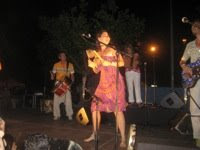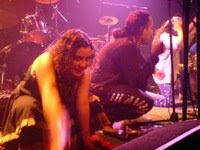La Charca de Suárez, Motril (Granada)
Sun 21 Dec
Technical note
This is a sequence of stills which was put into a Slideshow in iPhoto, and then Exported as a .mov file, which was in turn uploaded directly into Blogger.
NB: Season's Greetings, links to more pics, and some info in Spanish, in the following post.




































